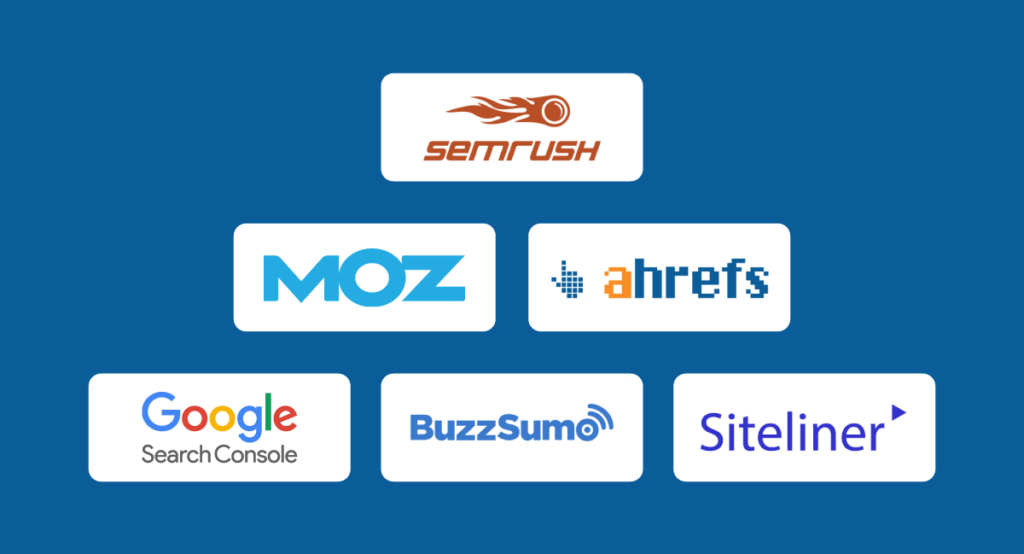Introduction
It’s critical to be ahead of the curve in the quick-paced world of digital marketing. One ability sticks out as essential to success online among the plethora of tools and strategies, search engine marketing (SEM) training. This effective tactic increases conversion and brand awareness while also bringing targeted visitors to your website. Let’s examine why, in the current digital environment, mastering SEM is so important. In this article delve into the depth that search engine marketing.

Image by Canva
The Power of SEM
1. Immediate Visibility
With SEM, you can instantly get your message in front of potential buyers like never before. You can bypass organic search results and appear at the top of the page by purchasing advertising on search engines like Google. This valuable space ensures that people will view your material.
2. Highly Targeted Audience Reach
The accuracy with which SEM can target an object is among its greatest benefits. Ads can be customized to target a particular population based on user activity, location, and demographics. Because of this, your message gets seen by people who are most likely to convert, increasing your return on investment (ROI).
3. Cost-Effectiveness
Contrary to common belief, SEM can be remarkably cost-effective. With careful keyword selection, compelling ad copy, and strategic bidding, you can maximize your ad spend’s efficiency. This allows even small businesses to compete with industry giants on a level playing field.

Image by Canva
The Three Pillars of SEM Mastery
1. Keyword Research and Selection
SEM is built around keywords. It’s critical to comprehend the search terms used by your target audience and match your advertisement content to those terms. Finding high-value keywords with manageable competition is made easier with the use of tools like Google’s Keyword Planner.
2. Compelling Ad Copy and Design
It takes skill to write compelling advertisement content that inspires action in addition to drawing readers in. To encourage clicks, the ad’s visual components headlines, descriptions, and extensions must complement one another. The best way to maximize ad performance is through A/B testing.
3. Campaign Monitoring and Optimization
SEM isn’t a project that you should start and stop. It is imperative to consistently track campaign performance metrics such as click-through rate (CTR), conversion rate, and quality score. Ongoing changes are made with this data in mind to enhance ROI.
Evolving Trends in SEM
Staying on top of evolving trends is key to SEM success. Here are some current trends worth noting:
1. AI-Powered Automation
Machine learning and AI are transforming SEM. More complex automated bidding tactics, ad production, and audience targeting are being used to improve results and save time.
2. Video and Visual Search
Search traffic is increasingly favoring visual content. You may increase audience engagement by using video advertisements and optimizing for visual search.
3. Local Search Optimization
It is now essential to optimize for local search as more customers rely on their phones to find local information. This covers techniques such as local keyword targeting and Google My Business optimization.

Image by Canva
Investing in Your SEM Skillset
Learning SEM is not only a wise professional decision, but also an essential tool for companies looking to succeed online. Industry conferences, workshops, and online courses provide beneficial.
Video by Surfside PPC YouTube Channel
Conclusion: Search Engine Marketing
The field of search engine marketing is one that is always evolving and changing the face of digital marketing. Gaining quick awareness, reaching a highly focused audience, and running economical marketing campaigns are all made possible by mastering SEM. You can fully utilize search engine marketing (SEM) training for your brand or company by concentrating on keyword research, captivating ad copy, and continuous campaign optimization. To stay ahead of the curve in the SEM industry, pay attention to new trends and make investments in lifelong learning.
FAQs
1. What is the difference between SEO and SEM?
While both SEO (search engine optimization) and SEM (search engine marketing) aim to improve a website’s visibility on search engine results pages (SERPs), they differ in their approach. SEO focuses on organic strategies to enhance visibility, such as optimizing website content and building backlinks, while SEM encompasses paid advertising tactics like pay-per-click (PPC) campaigns.
2. How can I measure the success of my SEM campaigns?
Success in SEM campaigns can be measured through various metrics, including click-through rate (CTR), conversion rate, return on ad spend (ROAS), and cost-per-acquisition (CPA). By monitoring these metrics and analyzing campaign performance, advertisers can gauge the effectiveness of their SEM efforts and make data-driven optimizations.
3. Are there any common pitfalls to avoid in SEM campaigns?
Yes, some common pitfalls in SEM campaigns include targeting irrelevant keywords, neglecting ad copy optimization, and failing to monitor and adjust campaign performance regularly. Additionally, overlooking the importance of landing page relevance and user experience can also hinder the success of SEM initiatives.
4. What is Search Engine Marketing (SEM) also known as?
Search Engine Marketing (SEM) is also commonly referred to as Pay-Per-Click (PPC) advertising.
5. What are some common misconceptions about SEM?
Common misconceptions about SEM include the belief that it’s solely about paid advertising, suitable only for large businesses, and guarantees instant results. Additionally, some think it’s too costly, lacks effectiveness compared to other strategies, or is unnecessary alongside SEO efforts.
